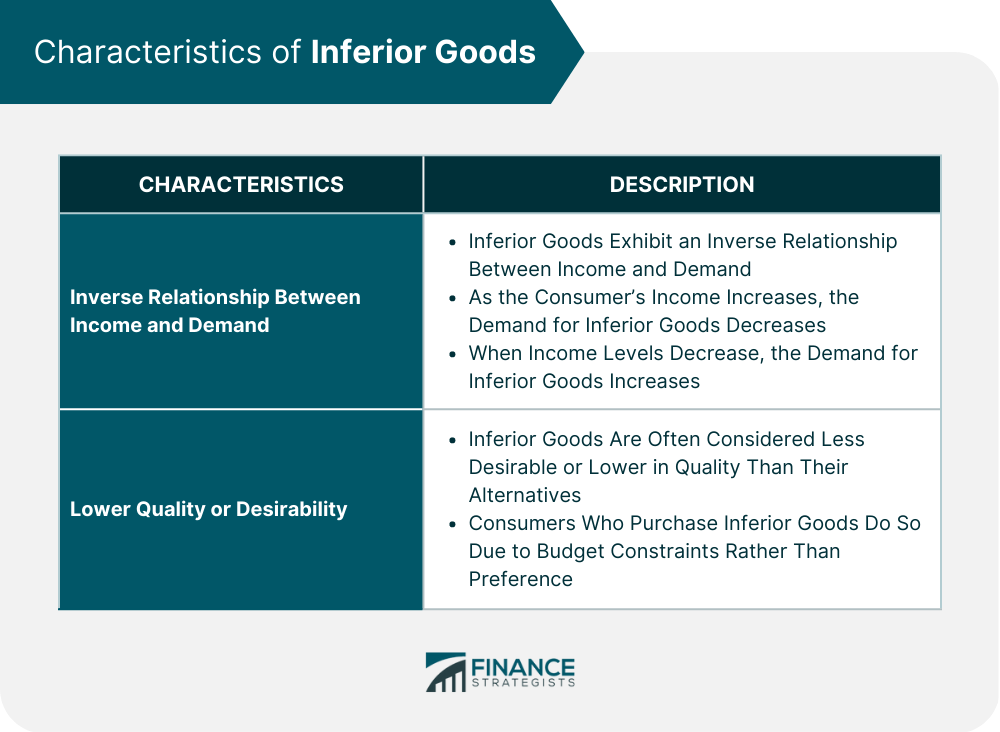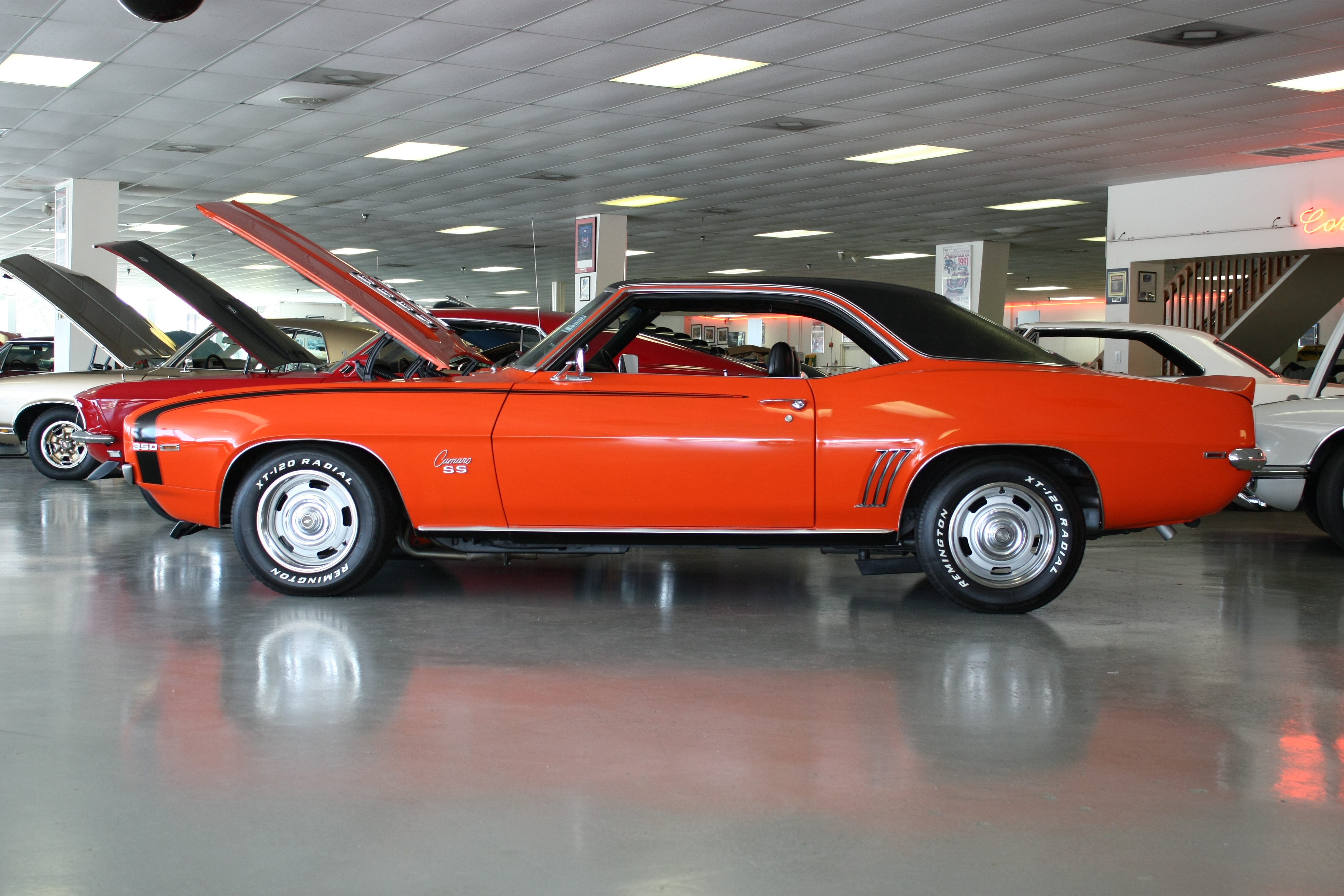
The U.S. auto industry has seen a dramatic shift in recent years, moving from a focus on affordable cars to more luxurious models. This change reflects evolving consumer preferences, corporate strategies, and economic trends. Our analysis delves into this history, exploring why manufacturers have exited the low-end market and the consequences for American buyers.
In the early 2000s, the American car market was filled with a variety of affordable vehicles. Brands like Ford, Chevrolet, and Dodge produced a wide range of models that catered to budget-conscious consumers. These vehicles, often equipped with basic features, provided a practical solution for families, students, and first-time buyers. However, as the automotive industry evolved, so too did the priorities of manufacturers. The allure of higher profit margins associated with luxury vehicles led many automakers to trim their lower-tier offerings significantly.
By December 2017, automakers offered 36 models priced at $25,000 or less. Fast forward to December 2022, and this number had dwindled to just 10. This stark decline highlights a broader industry trend: the overwhelming focus on producing high-margin vehicles has come at the expense of affordable options. The disheartening reality is that for buyers seeking cars priced under $20,000, the choices have dwindled to just five models: the Kia Rio, Kia Soul, Hyundai Venue, Mitsubishi Mirage, and Nissan Versa. The potential discontinuation of the Rio and Mirage only compounds the issue, leaving consumers with increasingly limited options.

Reasons for this shift
The reasons for this shift are multi-faceted and deeply rooted in the complexities of the automotive market. One critical factor is consumer demand. Over the years, there has been a substantial increase in the number of Americans purchasing vehicles priced above $25,000. Between 2017 and 2022, sales of new vehicles in this price range fell by 78%, while sales of new cars priced over $60,000 surged by an astonishing 163%. This shift in consumer behavior encouraged automakers to adapt their production strategies, focusing on higher-end models that promised greater profitability.
Moreover, the landscape of consumer credit has also changed dramatically. High interest rates have become a significant barrier for many potential buyers, limiting their ability to purchase new vehicles. With only high-income earners able to navigate the tightening credit landscape, automakers have tailored their offerings to cater to these affluent consumers. Consequently, the average transaction price of new vehicles has soared, pushing affordable options even further out of reach for the average American.
Interestingly, while automakers may believe that American consumers have turned their backs on inexpensive vehicles, recent market trends suggest otherwise. The Ford Maverick, a relatively affordable pickup truck, has garnered significant popularity among buyers, demonstrating that there is indeed a demand for lower-cost vehicles. Additionally, reports from Toyota’s Andrew Gilleland reveal an unexpected surge in requests for the Corolla, as car shoppers express a desire for affordable entry-level models. The mere fact that car manufacturers are witnessing a market clamoring for these vehicles poses crucial questions about the disconnect between automakers’ strategies and consumer preferences.

The latest data shows that Toyota maintains a mere six-day supply of its Corolla in the United States, far below the typical 60-day supply automakers aim for. This trend extends beyond Toyota, as Volkswagen reported a notable sales surge for its entry-level Taos and Jetta models. Similarly, Chevrolet’s redesigned Trax subcompact SUV, priced under $25,000, has outperformed expectations, selling approximately 38,000 units, significantly surpassing the sales of luxury brands like Cadillac. This data underscores the contradiction that while automakers have abandoned the cheaper vehicle segment, consumers are still actively seeking affordable options.
The implications of this trend are profound. As manufacturers continue to scale back on inexpensive models, they risk alienating a significant portion of the American market. The dwindling presence of affordable vehicles not only limits consumer choice but also exacerbates the economic divide, making it increasingly difficult for lower and middle-income households to access reliable transportation.
In light of these developments, one must consider the broader cultural and societal implications at play. The American automotive industry has long been a symbol of progress and opportunity, representing the freedom of mobility for all. Yet, as the market shifts towards luxury, the core promise of accessibility and affordability is threatened. It raises an essential question: How can manufacturers reconcile their focus on profitability with the pressing need for affordable options that cater to a diverse consumer base?

The scarcity of inexpensive vehicles
The historical context of automobile production in the United States reveals a complex interplay of factors that contribute to the scarcity of inexpensive vehicles. As automakers pivot towards high-margin offerings, they simultaneously risk losing touch with the needs of everyday consumers. The recent uptick in demand for affordable models, exemplified by the successes of the Maverick and Corolla, suggests that there remains a viable market for basic, no-frills vehicles. For the industry to thrive in the long term, it must not only acknowledge this demand but also adapt its strategies accordingly to ensure that the promise of mobility remains attainable for all Americans. Only then can we hope for a future where the road is open to everyone, regardless of their financial capacity.
The landscape of consumer demand and market trends surrounding automobile production in the United States is a complex tapestry woven from economic, social, and cultural dynamics. As we explore the case for cheaper vehicles in the U.S., we uncover the underlying factors that have contributed to the scarcity of affordable options, despite a palpable demand from consumers for these very vehicles. This exploration not only highlights the shifting preferences of American car buyers but also sheds light on the broader implications for the automotive industry and society as a whole.
It is essential to understand the evolving profile of the American consumer. Historically, vehicles were seen as a practical necessity, particularly for families and individuals with tight budgets. Many consumers, particularly first-time buyers or those from lower and middle-income households, relied heavily on affordable, no-frills vehicles. In the early 2000s, the market was saturated with options priced under $25,000, enabling a wide array of buyers to enter the automotive landscape. However, as consumer preferences began to shift, so too did the strategies employed by automakers.

The rise of consumerism and the growing appetite for luxury and high-tech features have shifted the entire paradigm of vehicle production. Automakers have gradually responded to this trend by prioritizing higher-margin vehicles, leaving behind a significant gap in the affordability segment. This shift is not purely driven by consumer demand; it is also influenced by the corporate strategies that aim to maximize profits in an increasingly competitive market. The result has been a sharp decline in the availability of inexpensive vehicles, which has left many consumers without viable options.
One must also consider the financial landscape in which these decisions are made. The economic factors affecting consumer behavior cannot be overlooked. High interest rates have become a formidable barrier for many potential buyers, particularly those with lower incomes or less-than-perfect credit. This reality has constrained purchasing power and made it increasingly difficult for average consumers to afford new vehicles, especially as the average transaction price for new cars has soared to unprecedented levels.
Interestingly, this economic climate has coincided with an unexpected resurgence in demand for affordable vehicles. The Ford Maverick, for instance, has proven to be a surprising success story, demonstrating that consumers are indeed eager for lower-cost options. Ford’s decision to produce a reasonably priced pickup truck struck a chord with buyers, showcasing that affordability remains a sought-after quality in the automotive market. Moreover, reports from automotive executives indicate a growing interest in entry-level models such as the Toyota Corolla, which has seen unexpectedly high demand.
The disconnect between automakers’ production strategies and consumer preferences raises critical questions about the state of the automotive market. Despite the prevailing narrative that Americans have abandoned the demand for inexpensive vehicles, the data suggests otherwise. Automakers are witnessing a burgeoning market segment clamoring for affordable options, yet they continue to focus predominantly on high-margin products. This misalignment creates a paradox that not only limits consumer choice but also risks alienating a substantial portion of the buying public.
The implications of this trend
As we delve deeper into the implications of this trend, it becomes clear that the lack of affordable vehicles has far-reaching consequences. The shrinking availability of inexpensive cars exacerbates economic inequalities and hinders mobility for lower and middle-income households. Transportation is an essential component of modern life, and when affordable options are limited, it effectively shuts the door on opportunities for many individuals and families. The promise of the American Dream—a life of mobility and freedom—feels increasingly out of reach for those unable to access reliable and affordable transportation.
From a cultural perspective, the automotive industry has long been a symbol of innovation and progress in the United States. Cars represent more than mere machines; they embody the freedom to travel, the ability to pursue employment opportunities, and the chance to connect with communities. The decline of affordable vehicles threatens to undermine this essential aspect of American life, raising important questions about equity and access in a society that prides itself on opportunity for all.

In examining the dynamics of consumer demand and market trends, it becomes apparent that the automotive industry must undergo a significant transformation. By reconsidering their production strategies and placing a renewed emphasis on affordability, automakers stand to gain not only in terms of profit potential but also in fostering a connection with the very consumers they aim to serve. As demand for affordable vehicles continues to grow, there is a pressing need for the industry to adapt and innovate, ensuring that the future of transportation remains accessible to all.
The advocacy for economical cars in the US transcends sales statistics; it mirrors societal ideals valuing access, fairness, and opportunities. The evolving consumer desire spotlights unmet demand for affordability. Navigating this, the auto sector must acknowledge and cater to this need, nurturing a diverse market ensuring every American’s access to reliable transportation. This alone embodies the nation’s ideals of mobility and opportunities for all, irrespective of finances.
Related posts:
Americans Want Cheap Cars. Automakers Don’t Make Many
China makes cheap electric vehicles. Why can’t American shoppers buy them?
Why Cheaper New Cars Aren’t Making Car Ownership More Affordable



_Elite_sedan_02.jpg)

